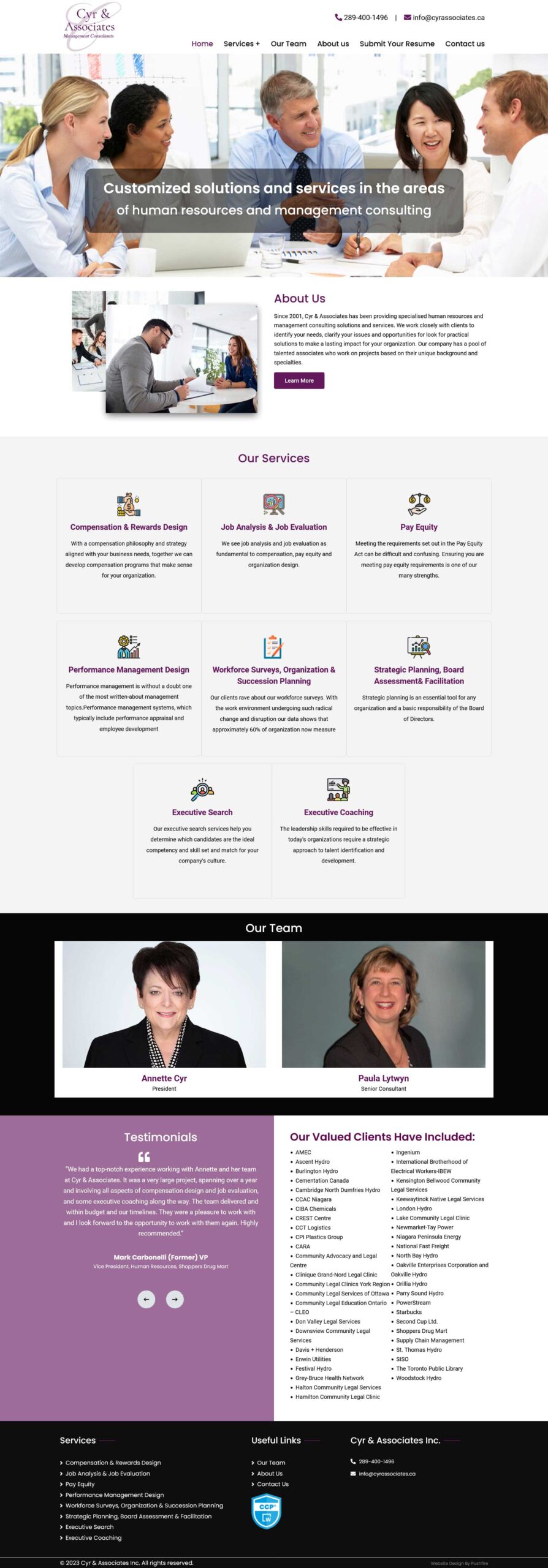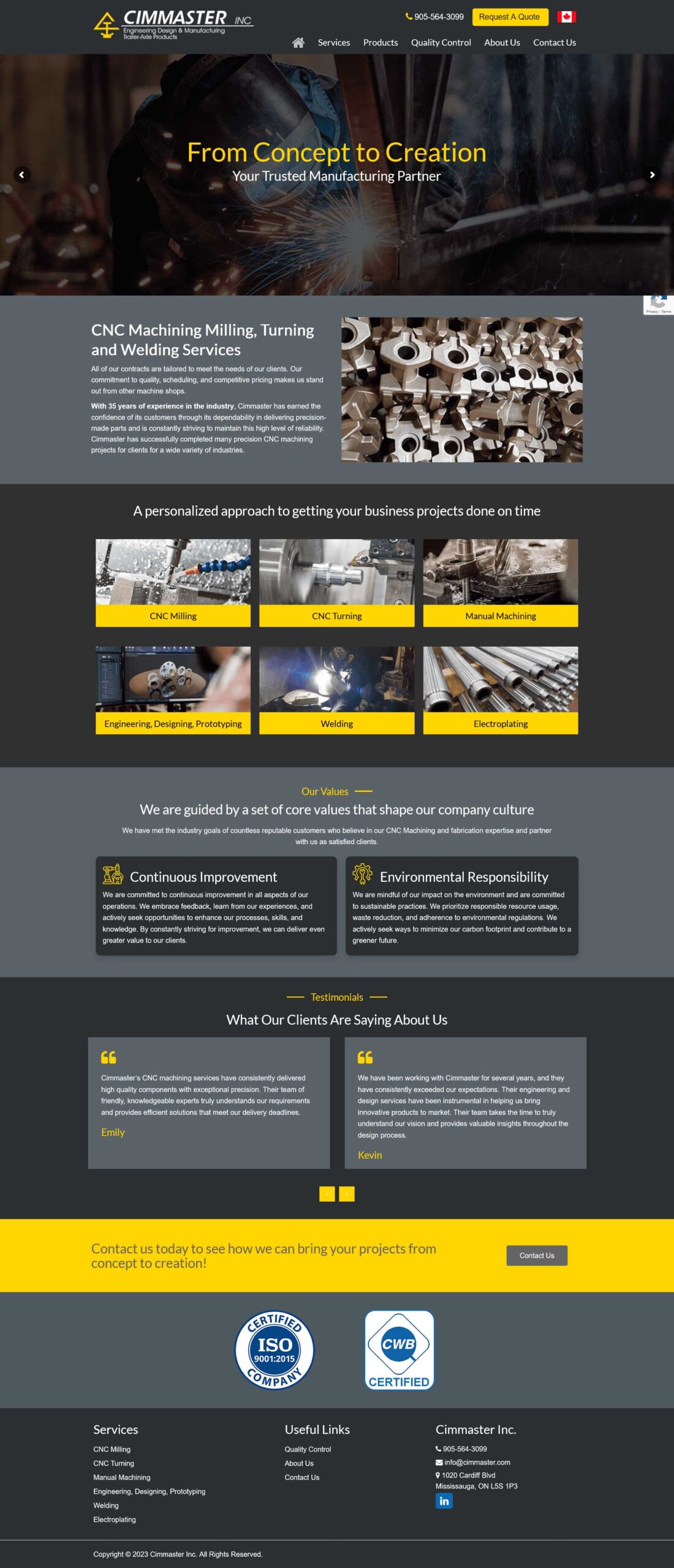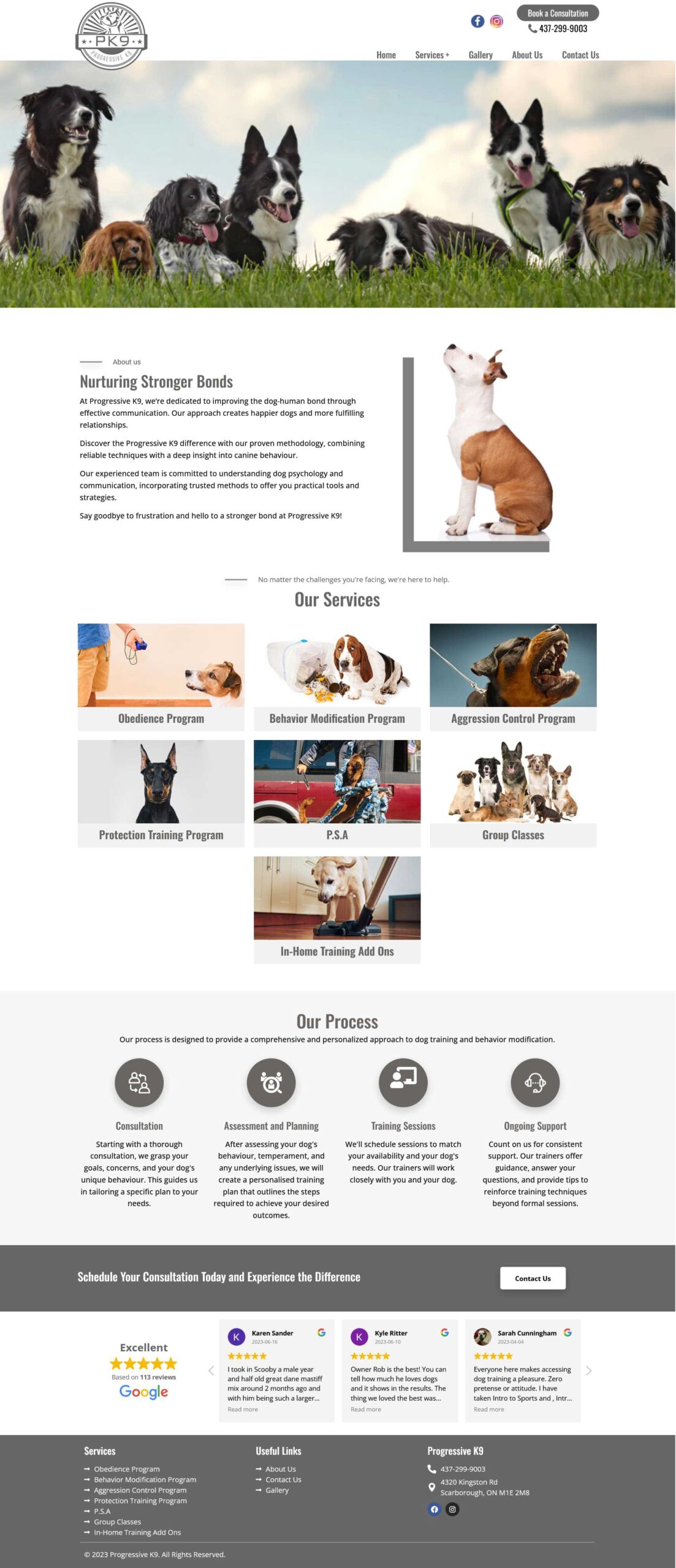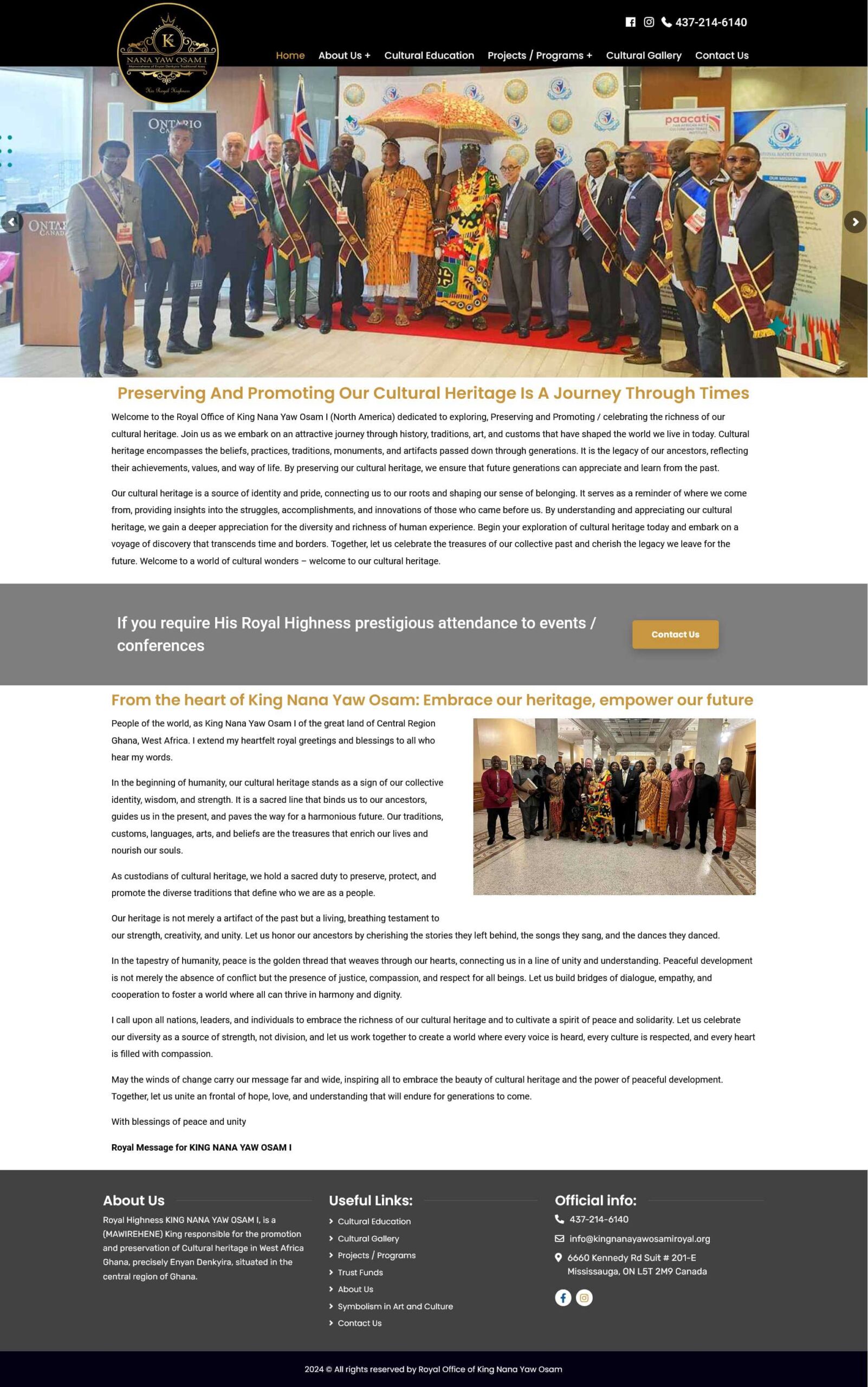With the ever-increasing pace of digital transformation worldwide, all businesses will be forced to move online sooner or later, even those of us who are operating a “store” in the real world. To get local traffic, you must be on local search results. This is why location pages for SEO are essential.

Search engine optimization (SEO) location pages are individual web pages living within one’s website. They contain lots of details about a particular place, such as its address information, phone number, business hours, what services are offered there, and who works for it (if applicable). Often, they also provide images of an outside view of the business location. That allows potential customers to find businesses before they have even begun looking around for the type of service. SEO location pages raise visibility for local searches and improve your local SEO.
In this article, PushFire explains why location pages matter and how to use them for your local SEO strategy. We will also look at what is considered the best practice in location optimization—and because it’s important, we will discuss the eventual conversion of the business.
Here’s how location pages impact local SEO success:
A Map on your location page is a good example of Google map optimization. It contributes to your visibility in local searches and gives potential visitors clear guidance on your business address.
Furthermore, you should add the necessary keyword to the description and ensure that all accurate information can be seen from the Google Maps location page.
#1 Improved Relevancy:
Businesses can have their own specific location pages through the SEO location page to notify the search engine that they serve this and that area. The website is, therefore, much more relevant for these local searches.
#2 Enhanced User Experience:
SEO sitemaps give potential clients all the data they need about your local business in a single area. The information can be
- Your address
- Directions
- Business hours
- Contact information
- A glimpse of the staff or storefront.
A well-designed location page not only builds trust but also enhances the possibility of website visitors becoming loyal customers.
#3 Local Citations:
Producing original content as Search Engine Optimization location pages provides potential local citation opportunities, too. These local citations are regular NAP (Name, Address, Phone number) citations in different Web directories and sites. The goal here is to attract customers from one selected geographic area; this is just as important for brick-and-mortar companies.
#4 Improved GMB visibility:
When working on a local search engine optimization task, link a Google Map to the location page so that potential customers can easily locate your business on Google Maps, read user reviews, and even give directions from your website.
How to Create Effective Location Pages for SEO and Google Maps
Once you understand the importance of location pages for search engine optimization (SEO), let’s examine some best practices for designing content that effectively accomplishes both goals.
#1 Unique material for Each Location:
Do not duplicate content on your location pages. Instead, specifically, cater material for each individual site. If it relates to their specific area, draw attention to distinctive services and offers available there, and do the same for local team members working on-site.
#2 Target Local Keywords:
Incorporate crucial, location-specific keywords in the content on your web pages. These could include your city and neighborhood, as well as surrounding areas. Use long-tail keywords, too, to specify how you provide services in any given place.
#3 Optimize On-Page SEO:
On-page SEO best practices benefit your location pages. This means taking account of current ranking factors and requirements, which is best done by using keyword-rich titles and descriptions and ensuring that your website and all the locations are mobile-friendly. After all, a good deal of local searches are now performed on smartphones.
#4 Compelling Visuals:
Make sure your site includes high-quality images and videos of the business premises, staff members (if any), and the atmosphere you bring to life. Visuals improve user experience and make clients more likely to visit.
#5 Clear Call to Action:
Lead visitors to the next step you want them to take. For instance, do you want them to contact you and schedule an appointment? Visit the location in person. Use a visible call-to-action (CTA) button that encourages desirable user activity.
#6 Add Schema Markup:
This example of structured data can help search engines better understand the text on your location pages.
Including business schema markup on your location pages increases the chances that these pages will appear with rich results like snippets and local packs.
#7 Mobile optimization:
Local searches are most often done with mobile devices, so all your location pages should be mobile-friendly. As a result, they must have the following characteristics:
- A responsive design
- Fast loading time
- Easy-to-use navigation
These elements benefit users and even SEO. Google also ranks sites that make their websites mobile-friendly. A mobile presence is required for SEO going forward. So, even if you are only one individual offering information on some local area via a website traffic channel (search engine, map, etc.), this has become an established standard for any location pages geared toward SEO optimization.
#8 Encourage reviews and ratings:
Good customer reviews and high ratings are always effective ranking signals for local SEO. Ask satisfied customers to write comments on your location pages or on a third-party network such as Google My Business; these comments can enhance your credibility and help improve local search rankings.
Benefits of Local SEO for Small Business
The following are the benefits for small businesses if they have invested in a local search engine optimization strategy.
- Higher Conversion Rates: Local search users usually have strong determinative motives, and users looking for local businesses either want to make a purchase or visit the business soon. So, conversion rates are higher for local searches than for non-local searches.
- Cost-Effective Marketing: Local SEO is an inexpensive way to let people know about your online marketing activity. It’s also effective in turning a site’s already traffic-gen users into a strategy without increasing too much cost.
- Enhanced Online Visibility: Local SEO will make your business more visible in the local markets and on Google engines. It will enhance the visibility and presence of enterprises located within that area of service.
- Improved Local Presence: When your company is optimized for Local SEO, you’re on Local search results, Google Maps, and other local listings to reinforce your local presence within the area.
- Competitive Advantage: Local SEO gives your business a competitive edge over other companies in its field. The cross-marketing effect of local markets helps increase your brand’s visibility.
Conclusion
Incorporating location pages into your marketing campaigns for Local SEO is essential for both attracting local clients and staying ahead of the competition.
We need to differentiate between Local SEO and small business SEO. Know the importance of local SEO and get the most out of it.
If you need professional local SEO services, contact PushFire. Visit our site to see examples of our local SEO and tailor-made solutions for enhancing your local search rankings. Don’t delay your journey to higher visibility and better conversions powered by more in-store visits and sales – start now with our small business SEO services!













